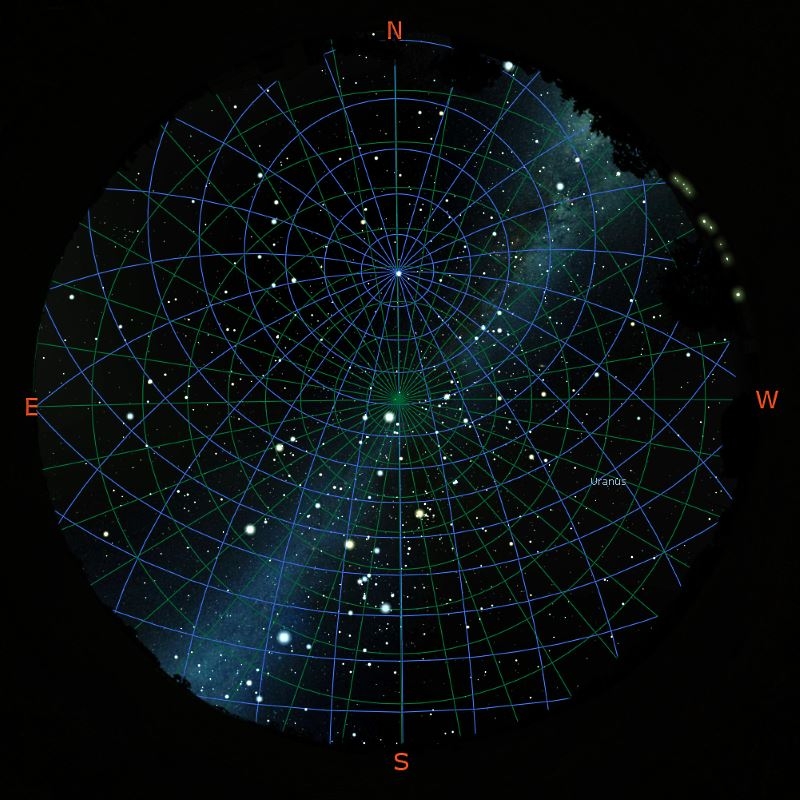- Messages
- 754
- Name
- Daniel
- Edit My Images
- No
I want to give Astrophotography a go, I've been doing some reading and think I have the basics down but hopefully someone here can guide me in the right direction.
As far as I am aware from what I've read, Manual exposure is a must, obviously a tripod, I'm probably going to be using my 35mm prime lens as the aperture is nice and wide. This is where I need some pointers, I've read about the 600 rule in various places, by all accounts on a crop sensor camera I need to times 35 by 1.5 (52.5) then divide that by 600 and that should give me the correct exposure time?
Last but not least....find somewhere with little light pollution!?
Please feel free to direct me if I am heading down a dodgy path with these assumptions!
As far as I am aware from what I've read, Manual exposure is a must, obviously a tripod, I'm probably going to be using my 35mm prime lens as the aperture is nice and wide. This is where I need some pointers, I've read about the 600 rule in various places, by all accounts on a crop sensor camera I need to times 35 by 1.5 (52.5) then divide that by 600 and that should give me the correct exposure time?
Last but not least....find somewhere with little light pollution!?
Please feel free to direct me if I am heading down a dodgy path with these assumptions!


 DSC_1962
DSC_1962 DSC_1961
DSC_1961 DSC_1960
DSC_1960 DSC_1958
DSC_1958



 Beneath the Stars
Beneath the Stars